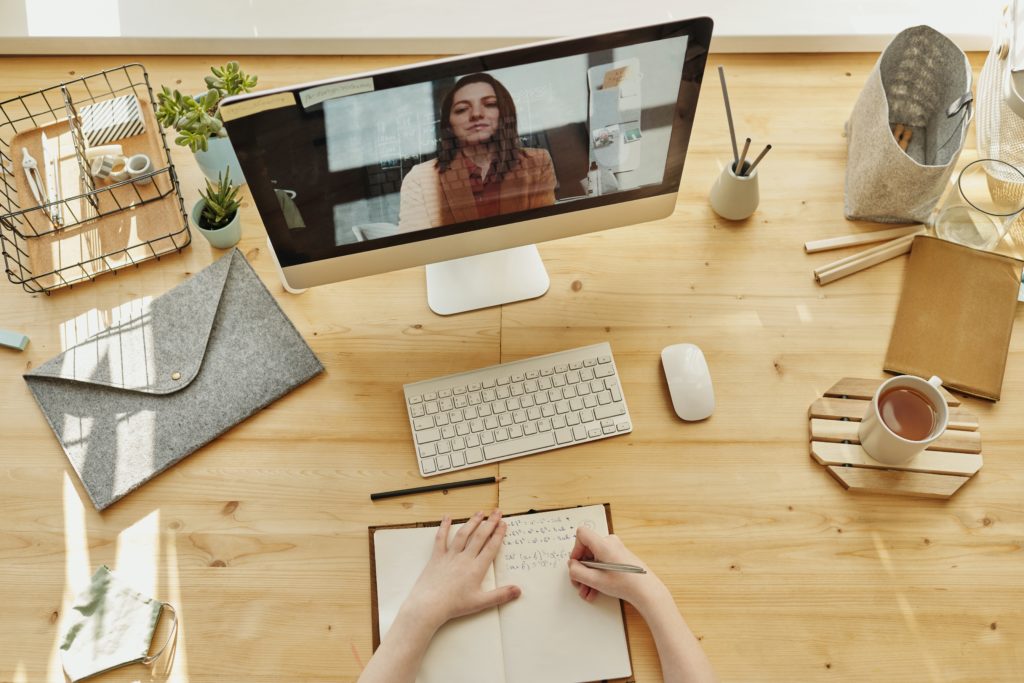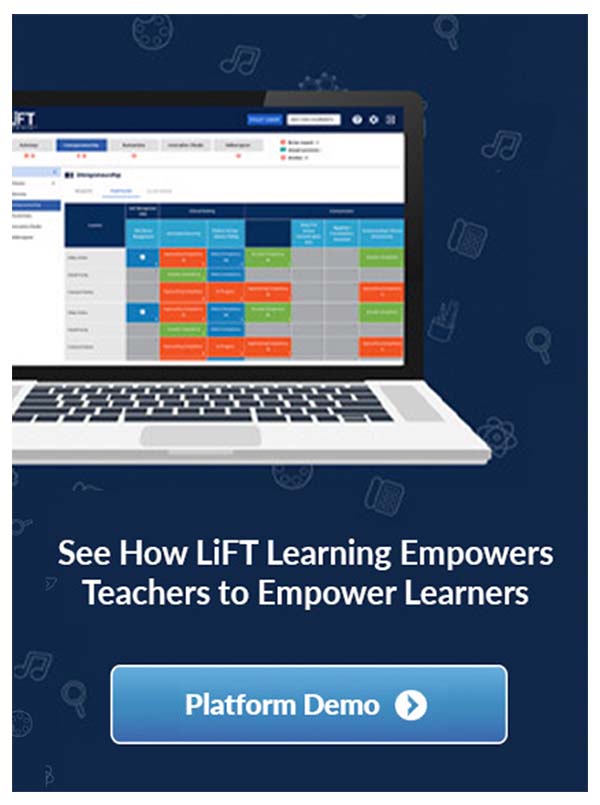Creating Connection in a Digital Space

While we may be physically distanced, we don’t have to feel socially distant.
By Joey Lee

I remember my first online course.
It was the fall of 2014 and I was a bit late to the game as online courses were already quite common. I remember sitting in my home in coastal NH reading the syllabus outlining expectations for engagement. I remember reading the biographies of my new classmates. I remember navigating the unfamiliar space of digital interaction and online learning. Most of all, I remember feeling isolated and distant.
A lot has changed since this time, but one thing has not: creating authentic connections in a digital space can be challenging and can be done.
COVID-19 has accelerated an existing movement towards distance learning. The Economic Policy Institute shared that when the first wave hit this spring, the virus confined nearly 55 million students under the age of 18 to their homes. Our education system was not designed for such drastic and sudden change. Some educators and institutions were able to swiftly adapt to the shift, but many were not. However, educators are resilient — and educators are resourceful. New and unique approaches have emerged as many have taken on the large task of reimagining teaching and learning amidst a pandemic, some more creative than others. Whether you dress up as a chicken and hand out Chromebooks or choose a different approach, students are in need of connection. When authentic connection is made, student achievement, confidence, and engagement can soar.
In the spirit of shared excellence, here are 3 ideas to try (or re-try) in your classroom.
(1) Find Common Ground
As you develop personalized learning profiles, using a personality test in your classroom can be a great way for students to explore self and others and build connections. There are plenty of options including more common platforms such as Myers Briggs, Gallup Strengthsfinder, and Enneagram – some may be more appropriate than others based on your learners’ age and your classroom culture. I highly recommend Write on With Miss G’s blog post on using a personality test in the classroom, it’s comprehensive and provides great insight. Amanda Avallone’s EdWeek blog on using learner profiles for personalization is also an excellent guide full of additional resources and inspiring anecdotes.
(2) Personalize Feedback
You already do this, and you know the challenge of allocating the time for this. You also know what it feels like to receive a thoughtful note calling out a specific action or memory, and so do your students. Although many years have since passed, I still remember the rush of dopamine when one of my least engaged and most disruptive students left me a note on the last day of class. He had transformed in our time together and had developed into a leader in our classroom. He didn’t say much in his note, but his words validated every bit of effort I put into him. Create a system that works for you and your schedule, and let the vision of your student reacting to your feedback and support fuel you. Who knows, maybe your student will reciprocate years later with a note about the impact your small action had on them.
(3) Play Games
Things are heavy these days. Daily routines are off and often unpredictable, fear of a spreading virus clouds daily thoughts, and uncertainty abounds. One thing is certain, smiles are contagious. Improv offers a fun way to promote creativity, develop agile thinking, and encourage vulnerability. Rob Ward’s blog post offers 10 virtual improvisation games to try. Finding ways to remind your students (and yourself) about the joy in life can help to create the connection between you and your students – this may just crack the door to deeper learning.
Building community in a virtual world is not easy, but small steps can make a big difference. Taking the time to find common ground as a class, personalize feedback to your students, and incorporating play can help create a culture of inclusion and growth.

Joey Lee — Chief Learning Officer, LiFT Learning
As a New Hampshire educator at the forefront of the competency-based movement, Joey taught at Pinkerton Academy, serving as Cultural Geography teacher, curriculum coordinator, hockey coach, golf coach, and exchange program director. He was awarded New Hampshire’s Teacher of the Year in 2014 before taking a leadership role as Director of Education at Education First. At EF, he was responsible for improving the learning experience of participants in travel programs through accreditation, strategic partnerships, and product development.
As a New Hampshire educator at the forefront of the competency-based movement, Joey taught Cultural Geography in grades 9-12 at Pinkerton Academy. He was awarded New Hampshire’s Teacher of the Year in 2014 before taking a leadership role as Director of Education at Education First. At EF, he was responsible for improving the learning experience of participants in travel programs through accreditation, strategic partnerships, and product development.


